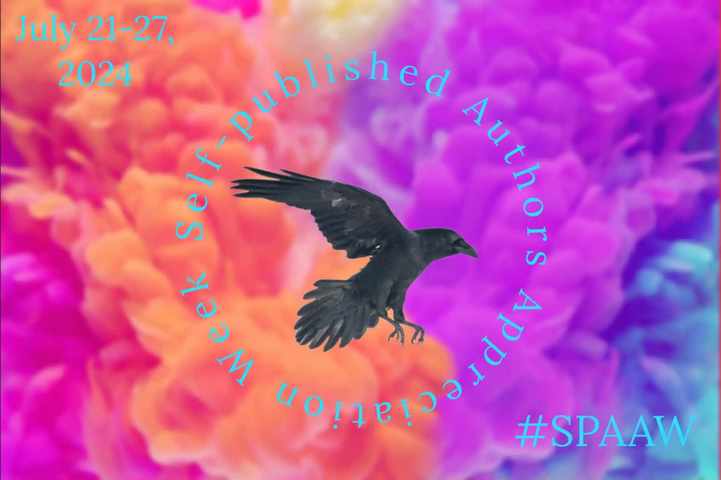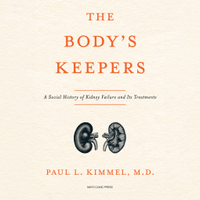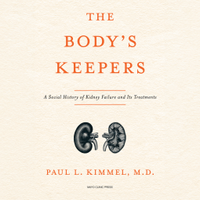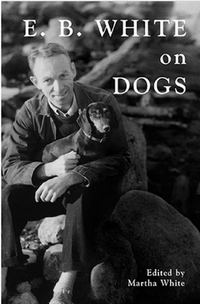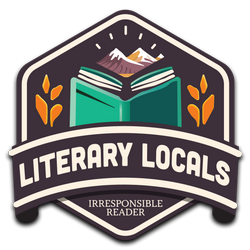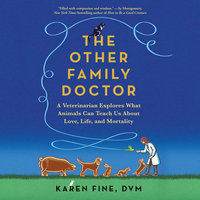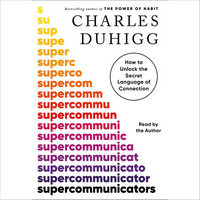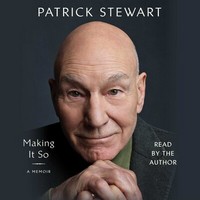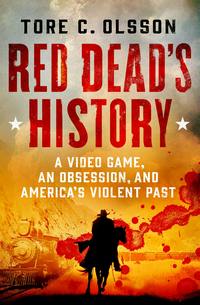 Red Dead’s History:
Red Dead’s History:
A Video Game, an Obsession, and America’s Violent Past
DETAILS: Publisher: St. Martin's Press Publication Date: August 06, 2024 Format: e-ARC Length: 288 pg. Read Date: July 13-18, 2024

What’s Red Dead’s History About?
Like so many people around the world, the author got back into video games in 2020 as a way to fill the hours he wasn’t interacting with people in real life. Like so many others, one of the games that captured his attention was Red Dead Redemption II. Unlike so many people Tore C. Olsson is an American History professor, so while he was fun doing whatever it is exactly that you do in the game*, part of his brain was looking at the history and time being depicted in the game. Because if there’s one thing the game is known for, is being the most popular and influential game set in American History since The Oregon Trail from the 80s.
* It should be obvious that I don’t play video games at all, not even the one in question.
Olsson went on to make headlines—and pack lecture halls—by teaching a history course based on the games, and he’s now turned it into a book.
This is not a book about the game (although he talks about it a lot), it is not a point-by-point examination of the historical details (but it comes up a little), it’s primarily using the game, and the things shown/talked about/alluded to in it as a launching pad to discuss themes, movements, and particulars from post-Civil War America.
The focus for the book is Red Dead Redemption II, but Red Dead Redemption comes up from time to time—but not any of the other games in the franchise. Olsson’s discussion follows the geographic order and proportions of the game—starting with adventures in the West, moving to the Deep South (for the majority of the book), and then wrapping things up in Southern Appalachia.
Historical Accuracy of the Game
From the start, Olsson is clear, he’s not going to get into slicing and dicing the historical accuracy of Red Dead Redemption 2, but…he can’t help talking about it every now and then. He has a lot of good things to say about the history of the game (really, he wouldn’t have taught a class or written a book inspired by it without that), but the biggest note seems to be—if the game had been set 20-30 years earlier than it was, it would’ve been better.
There are particular points here and there where he will offer specific critiques and commendations—but that’s essentially the point he keeps coming back to.
Now, I don’t know enough about the storylines of Red Dead Redemption or Red Dead Redemption II to know why the developers insisted that the game takes place when it does—and it certainly seems like they did have an eye for historical detail—they just missed it. It might be a game continuity thing, there might be all sorts of explanations for it. I don’t know.
Now, Olsson isn’t sitting there like Neil de Grasse Tyson tweeting about the scientific inaccuracies in movies, the point of the book isn’t to critique the depictions of the era. But while he’s talking about the various topics, he will mention them briefly. It doesn’t take anything away from the game for him.
The West
The first section focused on is the one that the game is best known for (and, I’ll be honest, the only thing I thought the game had)—a strong take on the West. I’d like to say that I’d read a book about the subject of each chapter were Olsson to expand them, and that’s true in a perfect world, but I’m not sure I really would. But I’d be willing to.
I should note that it’s probably very easy to read several books on the topics of each chapter right now. And you never know, I just might.
This section covers things as nebulous as the concept of “The American West”—and when did it start dying/disappearing (if ever). Controversial topics like The Indian Wars, the amount of violence in the West (and some of the notable persons behind it), how Justice/Laws were enforced, and so on. Olsson also covers things you’d expect (especially if you actually know the game)—the construction of and use of the railways; cowboys; The Pinkertons; Butch Cassidy and The Sundance Kid.
I learned so much about all of these things—and I’m very tempted to go out in search of some of the books footnoted here.
The Deep South
As anyone who teaches American History—particularly in a place like Tennessee—is aware, talking about the Deep South in a post-Civil War era is a daunting task. But as that’s where the bulk of the gameplay takes place, the bulk of the book gets that treatment as well.
As with the rest of the book, Olsson talks about the game’s portrayal of this area and the topics, how media culture(s) depict of this area and the topics, and finally looking at the history of the area itself.
In this Part of the book, Olsson talked about such non-controversial topics as: The Paradox of Race; From Old South to New South; The White-Hooded Menace; The Tragedy of Lynching; In the Fields (largely post-War); Working on the Chain Gang; Mr. Jim Crow; The Lause Cause; New Orleans, 1899; and Votes for Women.
Obviously, there’s far, far too much to say about any of these topics than he has time for in a book of this size and scope—but what’s there is provocative (in a good way), thoughtful, and well-footnoted so curious readers (and there will be many after these chapters) can do some follow-up reading. Yes, that’s a sentence that applies to the book as a whole, but it seems apt to emphasize it here.
Southern Appalachia
This part feels very timely considering how much Appalachia, Appalachia, and portrayals of the area/its residents in the media have been in the last few weeks.
Olsson only gives three chapters to this part of the book (about 11%) as much as he might be kicking himself for that now. Like with Part I: The West, he starts by discussing “The Appalachian Myth.” Just what makes up this part of the country? Why has it captured the imagination the way it has? How much of what we think of when we think “Appalachia” is true now or ever was?
He then looks at the race to claim parts of it after the Civil War and how that shaped the culture and history of it. Then he spends a chapter looking at Blood Fueds—obviously focusing on the Hatfield/McCoy feud, what lies at its root—and the surprising ways it actually broke along family lines.
I was a little too tired while reading this section to get as much out of it as I think I ordinarily would’ve—and really should revisit it once the book is released, I think I missed some good stuff.
So, what did I think about Red Dead’s History?
I had some really good history professors and teachers over the years, so I really don’t want to say that Olsson is the professor I wish I had—but really, I don’t imagine many will read this book and not want to take a class or two from Olsson.
The writing is engaging, witty, and insightful. He has a real knack for making you care about something you really didn’t care about just a few pages earlier—for that matter, you may not have been aware it was a thing you could care about/be interested in just a few pages earlier. I’m not going to suggest you’ll agree with him all of the time, because you won’t. But you’ll almost certainly enjoy his perspective as well as his presentation of the facts.
I’m not really the target audience for this book—I figure that’s game players who want to dive in to get more depth about the context of the game. To learn the stories behind the game’s stories. Or those who now have an interest in American History and don’t know where to go get more information outside a stuffy-looking textbook. Given that, I think it says a lot when I tell you that I had a great time reading this, and am more curious the game than I had been before. Not so curious to actually play it (or buy the game, a console to play it on, etc.)—but enough to talk to my son who has played through it—and has spent a lot of time doing sidequests and whatnot, and maybe even to watch some gameplay videos online. And that’s more than I typically am interested in doing.
This is a great way to approach American History; it’s a good way to approach this type of media (games or otherwise); and it’s just an entertaining read regardless. It moves a little slower than a novel—but not much (for those who are daunted by non-fiction reads). Really, there’s not much to not commend about this book. You really should check it out.
Disclaimer: I received a copy of this book from St. Martin’s Press via NetGalley—thanks to both for this.

This post contains an affiliate link. If you purchase from it, I will get a small commission at no additional cost to you. As always, the opinions expressed are my own.
![]()





